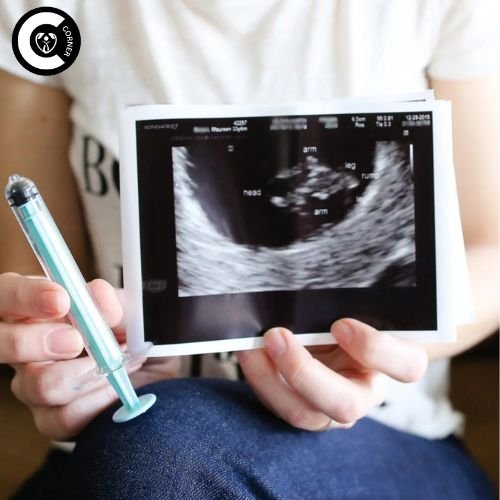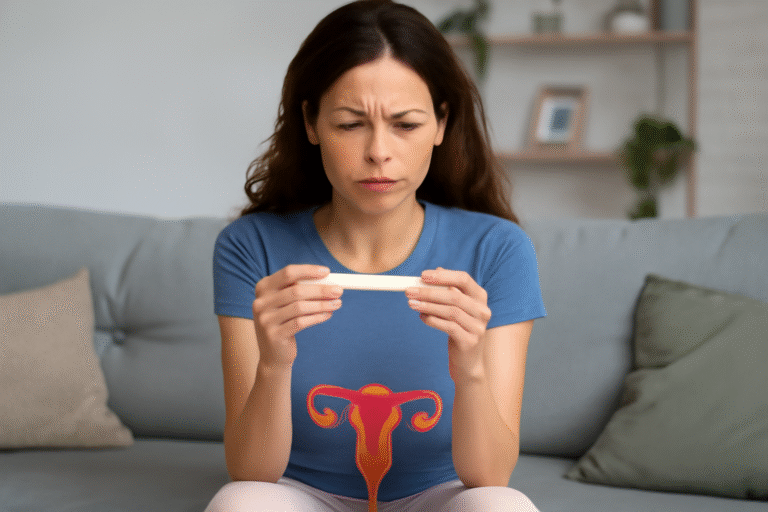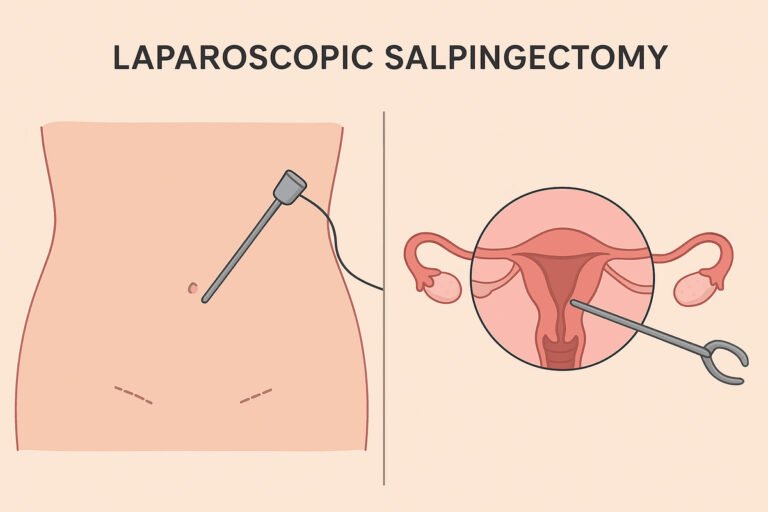Artificial insemination (AI) is a widely used fertility procedure that increases the chances of conception by directly inserting sperm into the cervix or uterus. In some cases, sperm is processed or “washed” to enhance the likelihood of successful fertilization.
This guide provides a comprehensive overview of artificial insemination, covering various aspects, including the procedure itself, potential side effects, success rates, benefits, costs, at-home options, alternative methods, and long-term outlook.
What Is Artificial Insemination?
Usually, sperm passes via the vagina, cervix, uterus, and into the fallopian tube to fertilize an egg, causing conception. Some fertility problems, like poor sperm motility, cervical concerns, or same-sex parenting, may call for assisted reproductive technologies such as artificial insemination.
When Is Artificial Insemination Recommended?
A doctor could recommend artificial insemination if:
- A couple has been unsuccessfully attempting to conceive for six months (if the woman is over 35) or one year (if under 35).
- There is male-factor infertility (low sperm count, poor motility).
- The cervix is not hospitable to sperm.
- The patient is a single woman or in a same-sex partnership utilizing donor sperm.
Types of Artificial Insemination
The two main approaches are:
- Intracervical Insemination (ICI)
ICI places sperm near the cervix, therefore simulating spontaneous conception. It can be done at a clinic or at home.
Process:
- Ovulation tracking: calendar, temperature, or ultrasound-based ovulation tracking.
- Sperm collection from a partner or donor.
- Insertion Using a cervical cap or syringe, insert.
- Post-procedure rest Rest after the operation (laying down for 15 to 30 minutes).
- Pregnancy test Test for pregnancy after around two weeks.
- Intrauterine Insemination (IUI)
IUI increases success rates by putting cleaned, concentrated sperm straight into the uterus.
Process:
- Ovulation induction: This process may involve the use of medications such as Clomid to stimulate ovulation, although it is optional.
- Sperm washing: Sperm washing increases sperm quality by removing contaminants.
- Insertion via catheter: Insertion with a catheter is done by a physician.
- Pregnancy test Test of pregnancy after around two weeks.
Pregnancy test following about two weeks.
Side Effects & Risks
Most women have few side effects, including:
- Mild cramps or spotting.
- Pelvic infections that are uncommon: sterile procedures should not be followed.
Myth Debunked: Fertility medications combined with AI do not raise birth defect risk, according to the American Society for Reproductive Medicine.
Note: Fertility drugs can increase the likelihood of many pregnancies—twins/triplets.
Also Read: Use of GLP-1 Agonist in Fertility Care
Success Rates of Artificial Insemination
Success relies on aspects including:
- Age
- Fertility drugs
- Sperm quality
- Underlying fertility problems
ICI Success Rate
- ±37.9% pregnancy rate after 6 cycles (Human Reproduction).
IUI Success Rate
- 40.5% pregnancy rate after 6 cycles (Journal of Andrology).
Direct uterine implantation and sperm preparation usually help IUI to succeed more.
Usually, IUI is more successful because of sperm preparation and direct uterine placement.
Benefits of Artificial Insemination
AI is ideal for:
- Low sperm count/motility
- Hostile cervical mucous
- Endometriosis
- Same-sex couples/single women utilizing donor sperm
- Genetic condition avoidance
Alternative Treatment
Should AI fail after three or more cycles, think about:
In Vitro Fertilization (IVF)
- A lab combines eggs and sperm.
- The uterus receives the embryos.
- More costly but has better success rates.
IVF is necessary if:
- Fallopian tubes are blocked/removed.
- There is extreme infertility.
Outlook for Artificial Insemination
For those battling conception, including:
- Heterosexual couples with fertility challenges
- LGBTQ+ singles and couples utilizing donor sperm.
Conclusion
A readily available, safe, and efficient fertility therapy is artificial insemination. Knowing the procedure, expenses, and success rates can assist you in picking IUI, ICI, or at-home techniques wisely.
Require assistance? Talk to a reproductive endocrinologist about your best route to conception by scheduling a consultation.





[…] Also Read: Learn About Articial Insemination […]
[…] Also Read: Learn About Artificial Insemination […]
[…] Also read: The Ultimate Guide to Artificial Insemination: Process, Success Rates […]